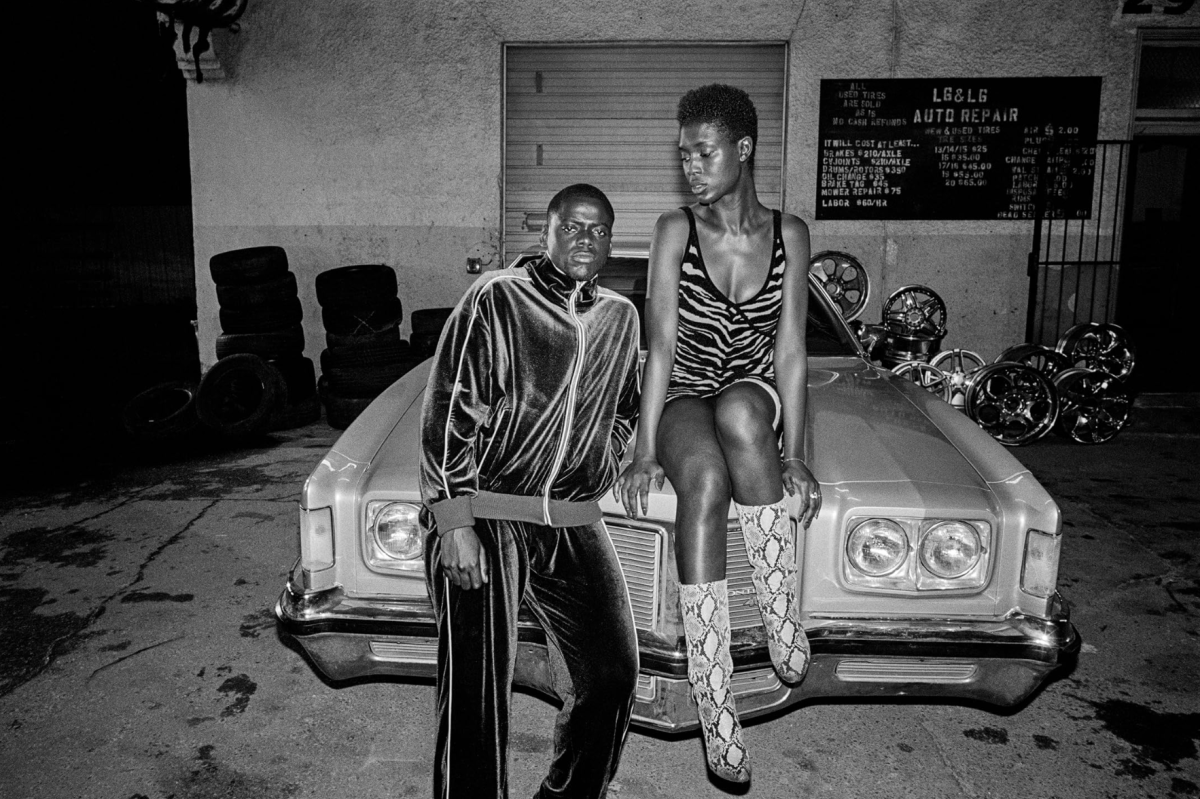When Slumdog Millionaire hit theaters with rave reviews, the Indian blood in me started racing excitedly.
It had been father’s purpose to bring the culture of India with him into his new country back in the 60’s, and devoted the majority of his life in the States to normalizing it within American culture.
I spent most of my youth performing in programs put on by the Indian community, dancing to Hindi film songs and acting in plays based on religious folklore in pursuit of this goal. So when this film wandered into my midst, I couldn’t help but feel that boundless excitement coursing through my veins.
It was the excitement of finding representation on the big screen welcomed by the dominant culture.
Though sad that my father no longer resided here physically to witness the massive boom of popularity his motherland enjoyed as a byproduct of the film, I could not wait to buy my ticket.
Once I saw the film, however, that bubble burst. Something seemed terribly wrong with this movie. (And I mean beyond the ridiculous conceit of the time-skipping narrative structure; in which the order of the questions asked of the main character aligns perfectly with the chronology of remembered life experiences that enabled him to answer them.)
For one, there was no sense of any genuine connection with the setting. Something about the insistence on filtered lighting, the cantilevered camera angles and overzealous camera movement, the jitter-addled editing, the reliance on close-ups and the soundtrack’s bombastic swells to generate emotion, spoke to a fundamental mistrust of both the land and the audience’s intelligence. At no point does the film challenge the audience to contemplate the social ills the film proposes to address. Boyle doesn’t even trust the audience to comprehend imagery from the slums, and the harsh realities of life within them, without the overkill of his fashionable stylistic window-dressing and songs by pretentious indie-darling M.I.A.
I personally find it more than a little distasteful for any storyteller to use people’s struggles to bring gravitas to a fairy-tale, while failing to spare a thought to the potential causes and solutions to those problems.
Though it may be true that Indian culture places a premium on fate, I fail to see the use of that belief to craft a deus-ex-machina as justifiable. When Jamal wins the money, finds the girl and arrives at his happily ever after, complete with Bollywood dance number over the credits, I felt tremendous rage. The whole film stunk of award-hunting frankly, happy to use misery to give their film color, but unwilling to pursue it any further to its natural conclusion, for fear of alienating voters. The musical number numbs us, betrays no hint of any possible trouble in the future, and deliberately fails to remind us of the troubles that have come before. It’s a movie that wants the recognition of a serious picture, but not the downer ending that commonly comes with it; an unrealistic story that exploits realism for profit.
If we take this film seriously, then one would have to also assume some horrible untruths. The movie mangles hope by supplanting achievable goals with fantasy. It validates clinging to these wish-fulfillment fantasies as acceptable models for living.
The film’s perspective seems more in tune with the American tourist couple, viewed in the film’s context with great condescension, who offer money to the child Jamal as an answer to the beating he receives from the cabbie he has fleeced. “This is how we do things in America,” they say. Judging from the film, this is symptomatic of Boyle’s perspective.. It turns out that Boyle and Co.’s money answereth all prayers approach had real-life repercussions that in their ignorance they failed to prepare for.
Everyone who loved the film was surprised, for instance, that people who live in slums do not like being referred to as dogs, inspiring a CNN story with interviews from slum-dwellers objecting to the film’s title.
The fame bestowed on these children, particularly Rubina Ali and Azharuddin Mohammed Ismail, as a direct result of the filmmakers’ struggle for authenticity created even greater problems. Other slum-dwellers started fights with the stars’ families, apparently jealous that filmmakers did not deem them worthy of fat trust accounts and new houses.
Ali is now embroiled in a custody battle between the stepmother who raised her and Rubina’s biological mother. This started a violent physical altercation between the women, captured on video, that made the news along with disputing reports that Rubina’s father, Rafiq Qureshi, tried to sell her or give her up for adoption.
Others saw Ismail’s father slap his son for refusing an interview on their way back from their trip to the Oscars, for which the child had to excuse his father’s abuse in an interview stating that he had been “naughty.” (His father also told the press “I feel sorry now.”)
Assuming that no one would care to check, producers paid the child stars, plucked directly from the slums (for the sake of “authenticity”), a mere pittance for almost a year’s worth of work, a fact which several journalists dug up soon after the film received a boatload of Academy Awards and over $100,000,000 at the box office. Then Boyle announced, according to a March 10 Time magazine piece by New Delhi journalist Nilanjana Bhowmick, that he was setting up a trust to pay for the children’s education until they reach 18, giving them new homes, and promising to keep up with them, once everyone in the world knew the amount of their paychecks.
To avoid looking like exemplars of globalization, and goaded by Indian star Anil Kapoor’s fundraising efforts, producers then announced their donation of ú500,000 to Plan India, an organization seeking to provide “early childhood care, education, health, water & sanitation and child protection” for thousands of families and underprivileged children in Mumbai.
Why they didn’t make these donations until after the press vilified them for their actions, they never explained. I suppose we should be thankful that they felt compelled to do anything in response.
Yet, curiously, all that I hated about the film brought India into the spotlight again.
I saw the kind of dances I performed throughout my childhood presented at the Oscars, with the music of A.R. Rahman, a legendary singer and composer of film scores in India. I saw my worlds come together for the first time since my father passed away 2 years ago, and on an international broadcast.
Living rooms across the country were experiencing what he fought so hard to make a reality here in San Diego since the year I was born. Happy as I was to see this, I felt forced to choose between the cultural good it can do for Indian diaspora, and the harm the film has done, and the potential harm of its message, intentional or not.







